Formula 1 and the FIA have been issued with a remarkable proposal designed to get a new team onto the grid which would have no effect on the prize pot for the current teams.
The move comes after the FIA approved the bid of Andretti on technical and sporting grounds last October following an exhaustive 'Expressions of Interest' process, only for F1 to reject the American outfit four months later, disparagingly citing the fact it would not add value to the sport.
Prior to that, the teams had complained bitterly about the possibility of an 11th joining the field, notably claiming the $1.25 billion prize fund, divided dependent on their position in the constructors' championship, would be significantly diluted if Andretti was to be handed an entry.
Talks have since taken place between team owner Michael Andretti, and power unit partner General Motors, with F1 CEO Stefano Domenicali designed to break down the impasse, with a further conversation due during this weekend's Miami Grand Prix.
It remains to be seen if Andretti will be granted its wish of being in F1 in 2026, although it will have to compete with a customer engine for two years, or wait until 2028 when GM will be ready to run its own system.
Viewed by others:
The 2026 Concorde Agreement proposal
RacingNews365 can reveal that F1 and the FIA have been approached with an alternative solution should Andretti fail, with the aim of seeing the proposal enshrined in the next Concorde Agreement from 2026.
The idea is the brainchild of two long-time technical stalwarts, Tim Milne and Lewis Butler, who both worked in F1 for many years and at various teams before migrating into motorsport consultancy. Milne, in particular, played a role in the Hitech and LKYSUNZ bids that were rejected by the FIA which instead approved only Andretti.
In the document submitted to F1 and the FIA, and seen by RacingNews365, the broad scope of the proposal would allow for up to three new teams to be permitted to join the grid, but crucially, not as constructors, and operating its headquarters in a region not currently represented by an F1 team, namely the Americas, Asia, and Africa/Oceania.
As a non-constructor, each team would not collect constructors' championships points nor be eligible for prize money; compete in a proposed minimum of eight races at circuits where 26 cars can be accommodated, and compete in an additional proposed minimum of six races to specifically foster development within their home market.
Technically, each team would use only an approved suite of engineering tools in several key areas, with the chassis provided by a single supplier.
Financially, the teams would be entitled to paddock presence at all races, to enhance capacity to drive revenue streams, and be required to develop new market revenue streams to a minimum threshold. The focus would then be on recruitment, facilities, and infrastructure, as well as on-track performance whilst developing the wider car design and technical functions over time.
The overall aim is to provide a pathway towards a team attaining constructor status from the start of its fourth racing season.
Over the first three years, a team would have to show it had exceeded a threshold of revenue expansion within their home market, to cover prize-fund expansion, and fan engagement expansion within their home market, to assure market opportunity to all, along with establishing its HQ, manufacturing facilities, driver and technical training facilities within their home market.
Crucially, it would need to be performing on track to an acceptable level, measured as a percentage of race laps completed, and within a percentage of lap time in key sessions, with an assessment undertaken at the mid-point of the second racing season.
Reacting to bid rejections
Milne concedes the proposal has scope for considerable refinement if F1 and the FIA are willing to engage in discussions. At present, Pat Symonds, chief technical officer at Formula One Management, has at least provided acknowledgement of what has been submitted.
After witnessing what unfolded with the FIA's 'Expressions of Interest' process last year, Milne feels what has been proposed has merit and is worth due consideration.
"When Andretti was rejected in January, I took a step back and looked at what that meant, which was that the FIA and Formula One Management had effectively concluded it was not possible to start a Formula 1 team, and for it to achieve what they wanted it to achieve, in a three-year timespan," said Milne, who started in F1 in 2003 with Renault as an aerodynamicist before joining Toyota, Super Aguri, Lotus/Caterham, and Manor before consulting with the ACO on the LMH and LMDH on their sports car regulations, homologation processes and regulatory frameworks.
"We had in Andretti, one of the best-known motorsport brands in the world, backed by GM, that couldn't get in. We had LKYSUNZ, with one-and-a-half-billion dollars from a tier-one financial institution, and a three-year plan to grow the sport in south-east Asia, and that wasn't enough.
"And then you had two established teams in the lower formula in Hitech and Rodin-Carlin looking to grow their operations up from the lower categories into Formula 1, and none of these bids were deemed good enough to come and join Formula 1.
"That really said to me that fundamentally it's not possible to start a Formula 1 team from a blank sheet of paper and be on the grid in three years.
"It seemed illogical to me the sport was turning its back on these great brands, and the huge amounts of investment available to do this, and there wasn't a way that could be found for Formula 1 to embrace that investment, and to use this as an opportunity to evolve the sport. I felt there must be a way to do this."
It seemed illogical to me the sport was turning its back on these great brands
Anti-dilution fee
Milne concedes he can understand the logic as to why Andretti was rejected, and why the teams were complaining having seen their assets grow from "next to nothing...to the thick end of a billion dollars" in a matter of years.
Believing, however, that to be no reason why the sport should stop evolving, he maintains it would be possible for a non-constructor team to survive for three years without receiving a single cent from F1.
Milne's theory centres around the likelihood the anti-dilution fee, the money a new team must pay to the existing teams as a form of recompense for diluting the prize-money pot, is set to increase in the new Concorde Agreement from $200m to $600m.
"If you're turning around and saying that in order to start a new team, an investor has to pay $600 million before they spend a penny on recruitment, technical design work, all the infrastructure, the factory and everything else you need to be a competitive Formula 1 team, it felt to me like you must be able to invest that better," said Milne.
"If you instead said, 'Okay, don't pay that $600 million but come and race and don't take anything out of the pot, I'd be pretty surprised if any of the new teams objected to that.
"So rather than demanding $600 million as an anti-dilution fee, get the new team to invest that money in what can help evolve the sport, and the sport needs to decide what that might be.
"A new team would only then become a constructor when it has demonstrated its added value to the sport, and that all the teams will be better off by the presence of that new team. We should be able to find a strategy that is to the benefit of everyone."
From a technical perspective, it appears difficult for a team to evolve when operating on a limited engineering model given the chassis and engineering tools initially at its disposal.
But Milne said: "This is about getting the teams to focus on priorities in terms of car performance. One of the things FOM said is that they didn't believe Andretti could arrive and be competitive.
"What we're saying is, get the new team to focus on core performance drivers, so aerodynamics, vehicle dynamics, understanding the tires, whilst they grow alongside that, to really get the remaining core engineering competencies up to the standard required for Formula 1."
Milne is adamant the proposal is "not a blueprint for the 2026 Concorde Agreement", but instead a platform for potential "creative discussion" with F1 and the FIA.
"Let's debrief as a sport on the process that everyone went through last year, and let's have a think about whether there's a better way of doing it, whether there's a better way of bringing new teams into the sport," he said.
"This might not be it. But as I say, to me, it feels like there must be a solution in there somewhere. If you've got groups of people with over a billion dollars wanting to come and join the sport, we must be able to find a way that that is beneficial for everyone."
Most read
In this article
Interviews RN365 News dossier
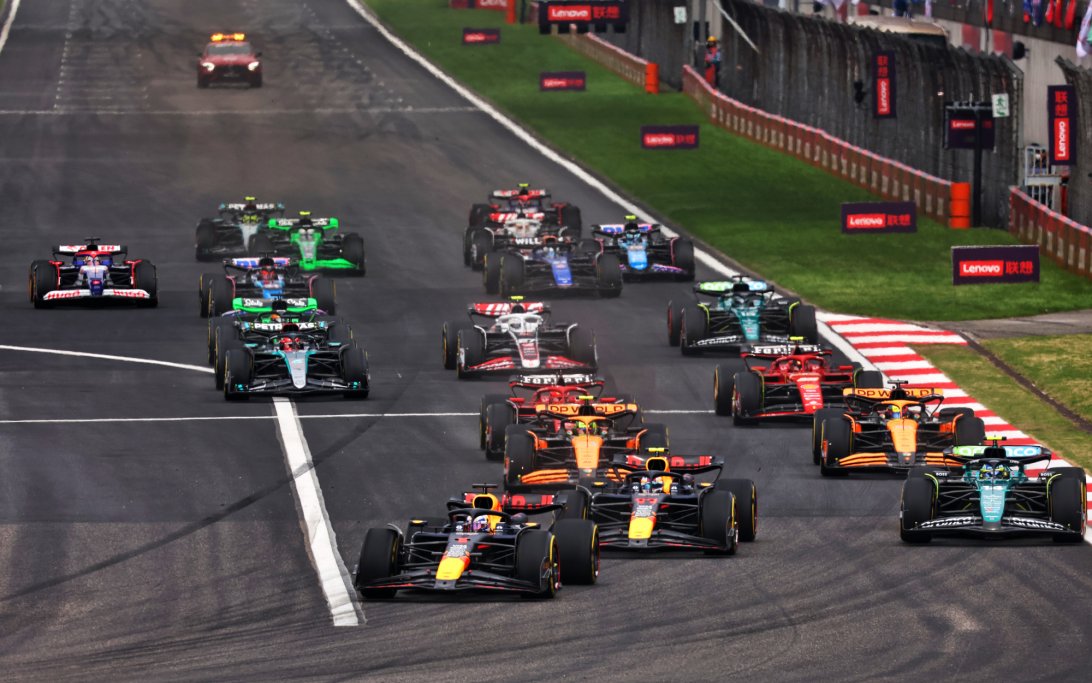
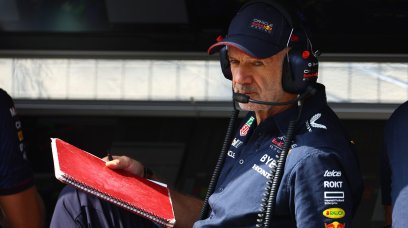
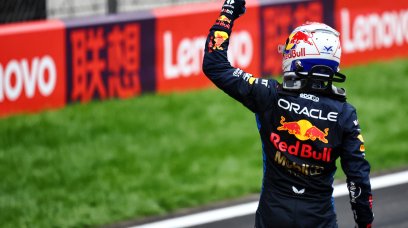
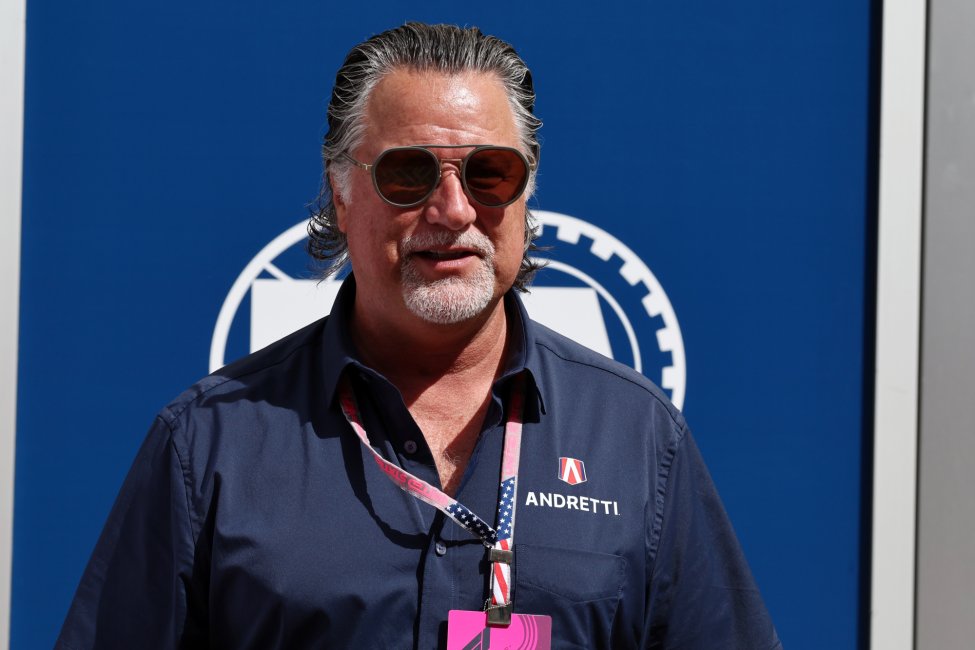



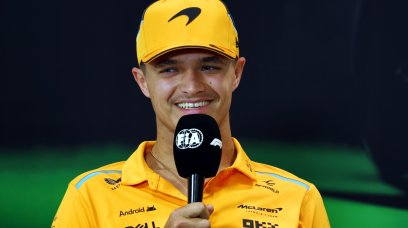

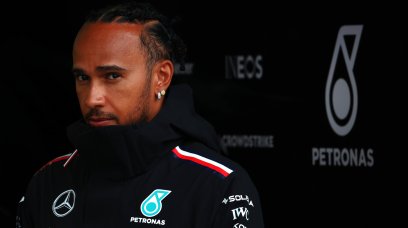
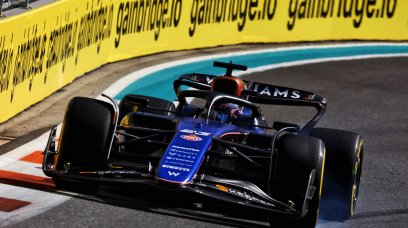
















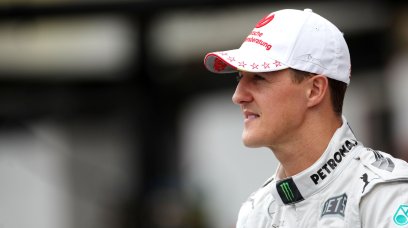
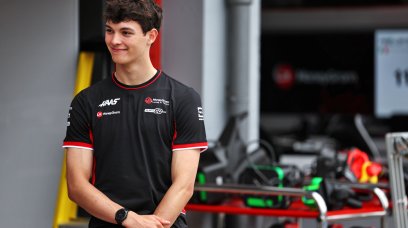













Join the conversation!